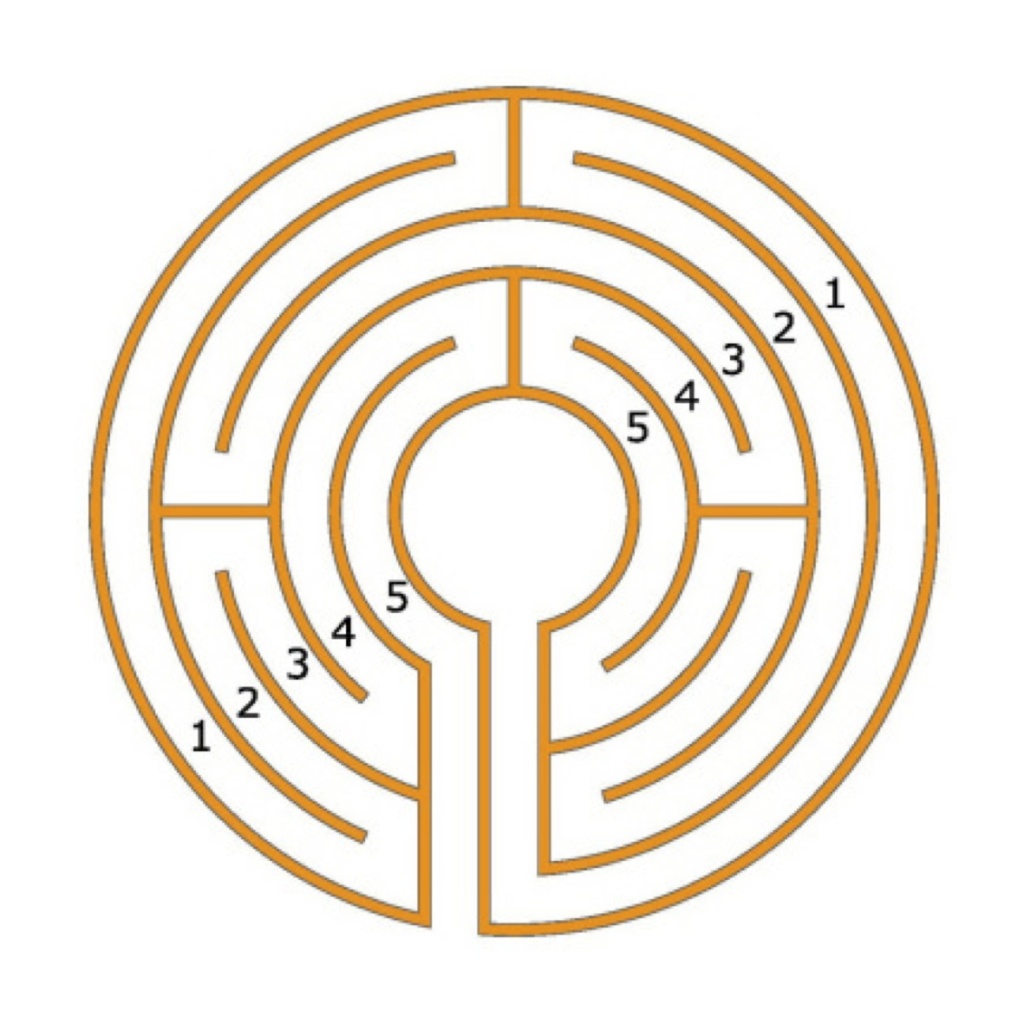Are you curious about the difference between canoe and kayak? These two watercrafts may seem similar at first glance, but there are some key distinctions that set them apart. In this blog post, we will explore what sets a canoe and a kayak apart, their history and myths, hidden secrets, and provide tips and recommendations for choosing between the two. So, let's dive in!
When it comes to what's the difference between canoe and kayak, one of the main factors is the seating position. In a canoe, the paddler sits or kneels on a raised seat or a bench-like structure and uses a single-bladed paddle. On the other hand, in a kayak, the paddler sits with their legs stretched forward and uses a double-bladed paddle. This difference in seating position and paddle type affects the maneuverability and speed of the watercraft.
Personal Experience with Canoe and Kayak
I remember my first time trying out both a canoe and a kayak. It was a sunny day, and I decided to take a leisurely paddle down a calm river. I started with a canoe, sitting on the raised seat and using a single-bladed paddle. The canoe felt stable and easy to control, and I enjoyed the slower pace it offered. Later, I switched to a kayak and immediately noticed the difference. Sitting with my legs stretched forward and using a double-bladed paddle gave me more power and speed. I was able to navigate through narrow passages and make sharp turns with ease. Both experiences were enjoyable, but they offered unique sensations on the water.
Exploring the History and Myth of Canoe and Kayak
Canoes and kayaks have a rich history that dates back thousands of years. Native American tribes and Inuit communities were among the first to use these watercrafts for transportation, fishing, and hunting. Canoes were often made from hollowed-out tree trunks, while kayaks were constructed using animal skins stretched over a wooden frame. These traditional designs have evolved over time, with modern canoes and kayaks being made from materials like plastic, fiberglass, and carbon fiber.
The Hidden Secrets of Canoe and Kayak
While canoes and kayaks may seem like simple boats, there are hidden secrets to their design and performance. One of the secrets lies in the hull shape. Canoes typically have a wider, flatter hull, which provides stability and allows for more gear and passengers. On the other hand, kayaks have a narrower, V-shaped hull, which enhances speed and maneuverability. Another secret is the use of skegs or rudders, which help with tracking and steering in different water conditions.
Recommendations for Choosing between Canoe and Kayak
When it comes to choosing between a canoe and a kayak, it ultimately depends on your preferences and intended use. If you enjoy leisurely paddling, fishing, or camping trips with larger groups, a canoe might be the better choice. Canoes offer more space and stability, making them suitable for calm rivers and lakes. On the other hand, if you prefer a faster and more agile watercraft for solo adventures or whitewater kayaking, a kayak would be the way to go. Kayaks excel in speed, maneuverability, and are perfect for exploring narrow waterways.
Exploring the Benefits of Canoe and Kayak
Both canoes and kayaks offer a range of benefits for outdoor enthusiasts. Canoes are known for their stability, making them great for families, beginners, and those who enjoy fishing. They also provide ample storage space for gear and can accommodate multiple passengers. Kayaks, on the other hand, offer speed, maneuverability, and a closer connection to the water. They are ideal for solo adventurers, thrill-seekers, and those looking to explore narrow or challenging waterways.
Tips for Canoeing and Kayaking
If you're new to canoeing or kayaking, here are some tips to help you get started:
- Take a paddling class or seek guidance from experienced paddlers.
- Start in calm and shallow waters to practice your skills.
- Wear a life jacket at all times for safety.
- Learn proper paddling techniques to maximize efficiency and reduce strain on your body.
- Be aware of your surroundings and follow any local rules or regulations.
Important Safety Considerations
When engaging in any water activity, safety should always be a top priority. Here are some essential safety considerations:
- Always check the weather conditions before heading out.
- Inform someone of your paddling plans and expected return time.
- Carry essential safety equipment, such as a whistle, signaling devices, and a first aid kit.
- Wear appropriate clothing for the weather and water conditions.
- Stay hydrated and protect yourself from the sun.
Fun Facts about Canoe and Kayak
Did you know that the word "kayak" originates from the Inuit language? It means "hunter's boat" or "man's boat." Additionally, canoeing and kayaking became Olympic sports in 1936 and have been a part of the games ever since. These sports showcase the skill, speed, and endurance of athletes from around the world.
Conclusion
In conclusion, the difference between canoe and kayak lies in the seating position, paddle type, and design. Canoes offer stability, space, and are great for leisurely activities, while kayaks provide speed, maneuverability, and are perfect for solo adventures. Both canoes and kayaks have their own unique benefits and are beloved by outdoor enthusiasts. Whether you choose a canoe or a kayak, the joy of being on the water and exploring nature awaits!

No comments:
Post a Comment